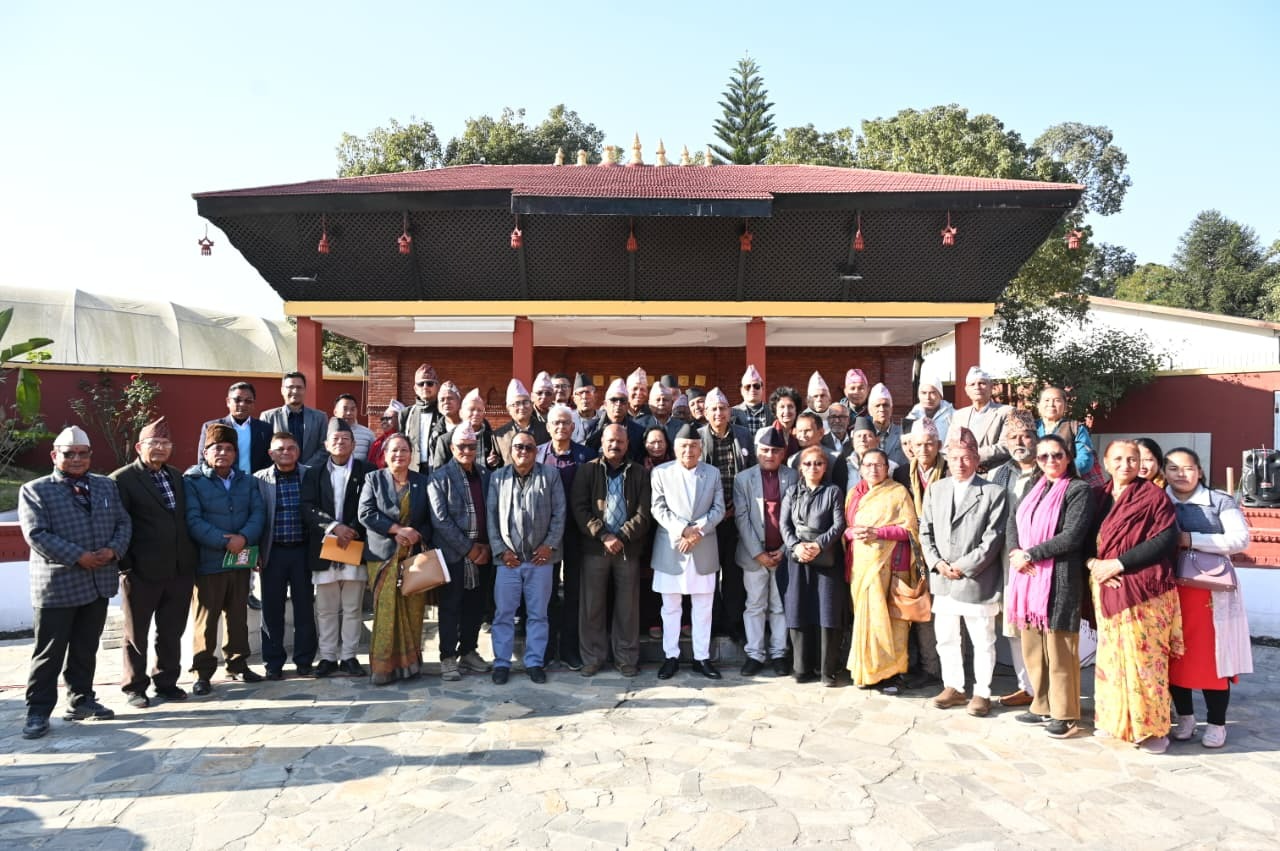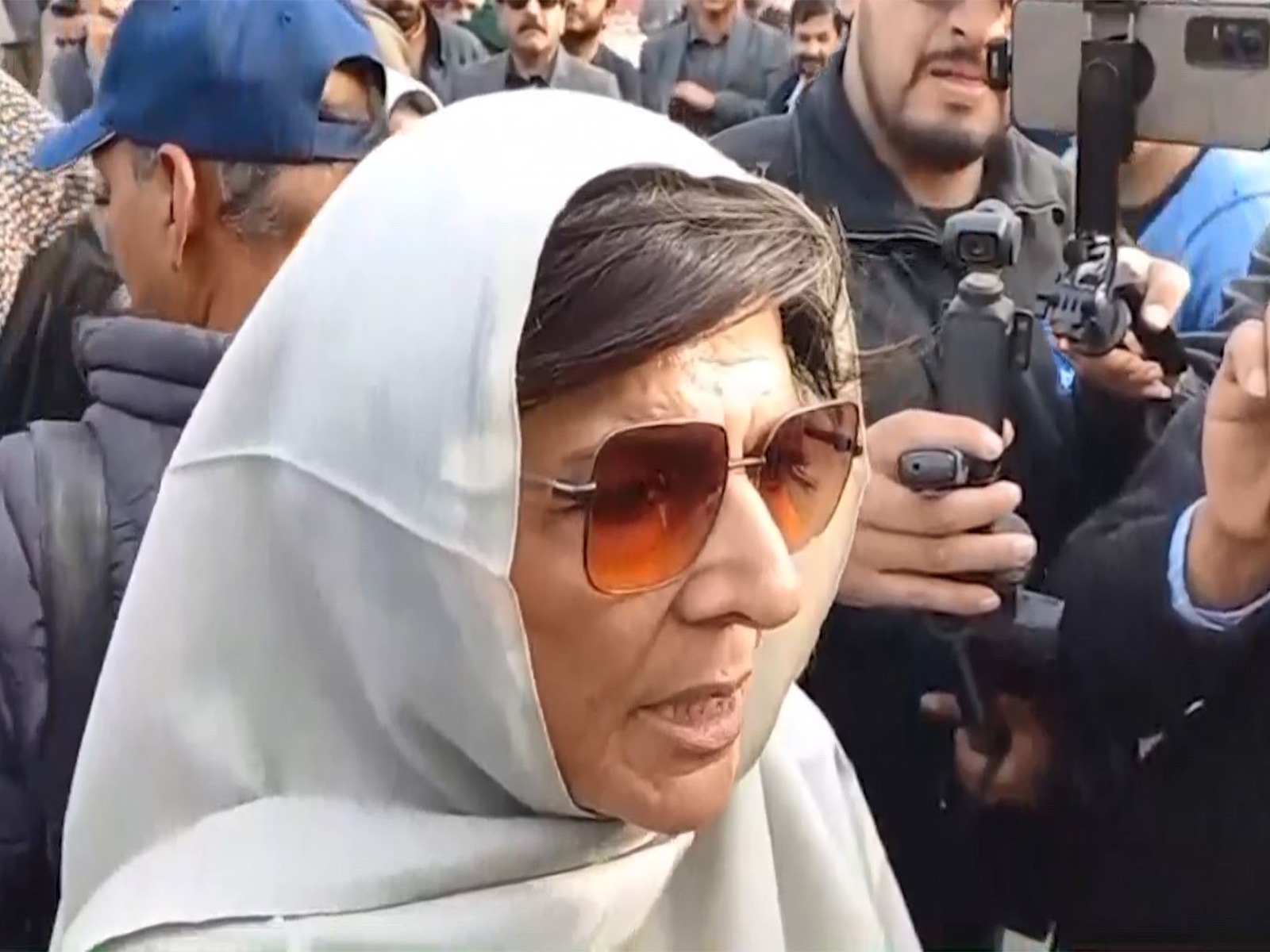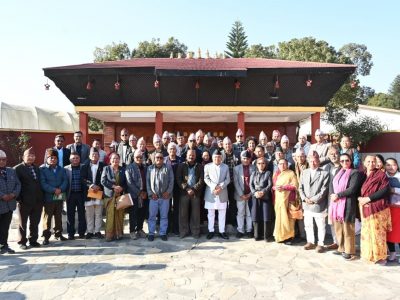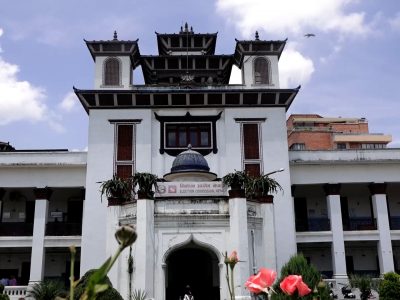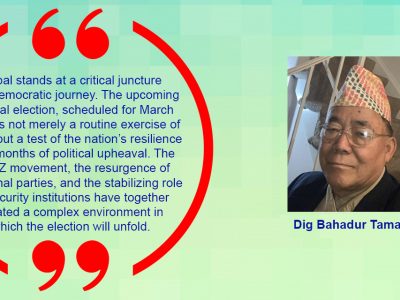A Second Chance at Financial Sovereignty: Why the Nepal Army Welfare Fund Should Reenter the Banking Sector

In the early 2000s, while serving in the Department of Welfare of the Nepal Army, I was part of a visionary initiative to redefine how the Army Welfare Fund could serve its members. Our aim was to transform the fund from a mere provider of financial support into a long-term investor, capable of contributing to national economic development and ensuring institutional sustainability. At that time, the fund stood at approximately NPR 7 billion. Even at that scale, our team identified strategic initiatives to safeguard and grow these assets, including promoting a development bank, initiating a commercial bank, and implementing foreign currency holdings to mitigate cost leakages.
Today, I am excited to learn that the Army Welfare Fund has grown to an impressive NPR 76 billion—a more than tenfold increase. This remarkable growth makes the strategic question more urgent than ever: How should this immense fund be protected, managed, and grown to sustainably serve the welfare of current and retired personnel in the face of rising inflation, financial volatility, and evolving national needs? The answer, as we once proposed, lies in the establishment of a professionally managed, autonomous financial institution, with strong roots in the welfare system but operated under rigorous civilian banking and regulatory standards.
A Missed Opportunity: The Roadblock to Reform in the 2000s
Our methodical efforts in the early 2000s were aligned with Nepal’s regulatory framework. Our plan was twofold: to gain equity participation in an emerging private development bank and to promote a new commercial bank as a public limited company. The goal was to secure not just financial returns, but also structural autonomy, institutional integrity, and professional standards in the fund’s management.
However, these proposals encountered strong resistance from entrenched private sector banking interests, who viewed the Army’s involvement as a direct competitive threat. These groups lobbied the World Bank’s Nepal office, which in turn applied pressure on the Nepal Rastra Bank (NRB). Despite our comprehensive clarifications regarding the operational autonomy and robust governance model we proposed, we were compelled to withdraw from both initiatives. This episode remains a stark reminder of how institutional innovation can be derailed by powerful interests, particularly in a young and sensitive economy like Nepal’s.
Vision Beyond Deposits: Building a Sustainable Financial Ecosystem
The financial journey of the Nepal Army Welfare Fund is a testament to the power of strategic financial planning. In its early days, the fund relied heavily on fixed deposits with a single government-affiliated bank, Nepal Bank Limited. However, we learned that the bank leveraged the terms of its agreement to consistently renew deposits at minimal interest rates, a practice that prioritized the bank’s interests over the fund’s growth.
To address this, the fund’s strategy evolved. We opened up our deposit bidding process to all government-owned banks, and later to all commercial and development banks. This created significant leverage, enabling the fund to secure more favorable interest rates and terms. We further developed sophisticated mechanisms to increase revenue, including:
- Forward booking: Using this method for foreign currency transactions to minimize cost leakages and protect against exchange rate fluctuations.
- Strategic fund placement: Investing Letter of Credit (L/C) funds during their hold period to generate income.
- Operational efficiency: Correcting clearing house processes to ensure prompt fund transfers and minimizing “parking” of funds in idle accounts.
These initiatives were crucial in increasing revenue to meet the growing demand for welfare activities and to ensure the fund’s exponential growth. With reserves now exceeding NPR 76 billion, the fund can no longer afford to rely on conventional returns. It must now transition to more active investment strategies that are low-risk, offer high long-term returns, and have a positive social impact that aligns directly with the needs of both serving and retired personnel. This includes potential investments in:
- Banking and microfinance services
- Consumer goods supply chains (to support subsidized stores for army families)
- Insurance and pension products
- Medical and health services
- Education and vocational training enterprises
- Investment in long term strategic and priority sector
A professionally managed Army Welfare Bank could serve as a central hub to integrate and support these vital services, starting with its core consumer base—the hundreds of thousands of current and retired soldiers and their families—before strategically expanding to the general public.
Making It Work: Conditions for Success
To avoid past pitfalls and ensure this initiative is not only successful but also a model of institutional integrity, several critical principles must be upheld:
- Legal and Structural Autonomy: The bank must be established as a completely independent public limited company, fully regulated by the Nepal Rastra Bank (NRB) and the Securities Board of Nepal (SEBON). It should have no operational or executive role for serving military officials, guaranteeing its impartiality and professional focus.
- Transparent Ownership and Governance: While majority shares can be held by the various sub-branches of the Welfare Fund (pension, education, healthcare), the remaining shares should be open to public institutions or individuals. This ensures public scrutiny, broad stakeholder legitimacy, and prevents concentration of power.
- Merit-Based Professional Management: All senior positions—from CEO to credit officers—must be filled through a competitive, merit-based recruitment process. Former military personnel with relevant qualifications can be considered, but appointments must be based on proven expertise, not solely on past rank.
- Strategic Diversification: The fund should create sectoral investment portfolios focused on stable and essential goods and services (e.g., agriculture, consumer staples, renewable energy, and medical infrastructure). The Army’s existing logistical capabilities could be leveraged to support these businesses, creating a synergistic and efficient ecosystem.
- Digital Modernization: Embracing digital payments, mobile banking, and real-time fund management systems is essential to maximize access, minimize financial leakage, and increase transparency and accountability in all operations.
Conclusion: A Cautious Step Forward
The lessons from the past must not be ignored, but neither should they paralyze action. What was once a visionary initiative is now a strategic and financial imperative. The Nepal Army Welfare Fund can no longer afford to rely solely on the conventional, passive returns of fixed deposits, especially when the tools, experience, and capital to build something transformational are readily available.
However, the success of this monumental undertaking hinges on the unwavering integrity of its leadership. Current and future military leadership must be willing to respect the bank’s autonomous nature, allowing it to operate in the public sphere with full transparency and accountability. The use of knowledge and professional expertise, rather than power and sentiment, must become the guiding principle. If personal and family interests are allowed to blend into this noble mission—through incompetent lending, preferential hiring, or political interference in collections—the initiative would be compromised from the start and would be a grave disservice to the institution it is meant to serve. The leadership must be prepared to protect the integrity of this bank from all forms of personal and vested interests, regardless of rank or affiliation.
The Nepal Army leadership should take this step with caution and a clear vision. The primary goal is to create a bank that operates with security, reliance, and autonomy, while the overarching mission of the Army Welfare Fund remains the accountability and support of military personnel and their families. This new venture must not, in any way, compromise the core value of national security. Furthermore, for this noble cause to succeed, the Nepal Army should seek constructive direct and indirect support from those who are knowledgeable and still committed to supporting the organization and its members. This is an opportunity to turn this second chance into a success story of institutional integrity, national service, and sustainable growth for the benefit of all.
Facebook Comment
latest Video
Trending News
- This Week
- This Month


